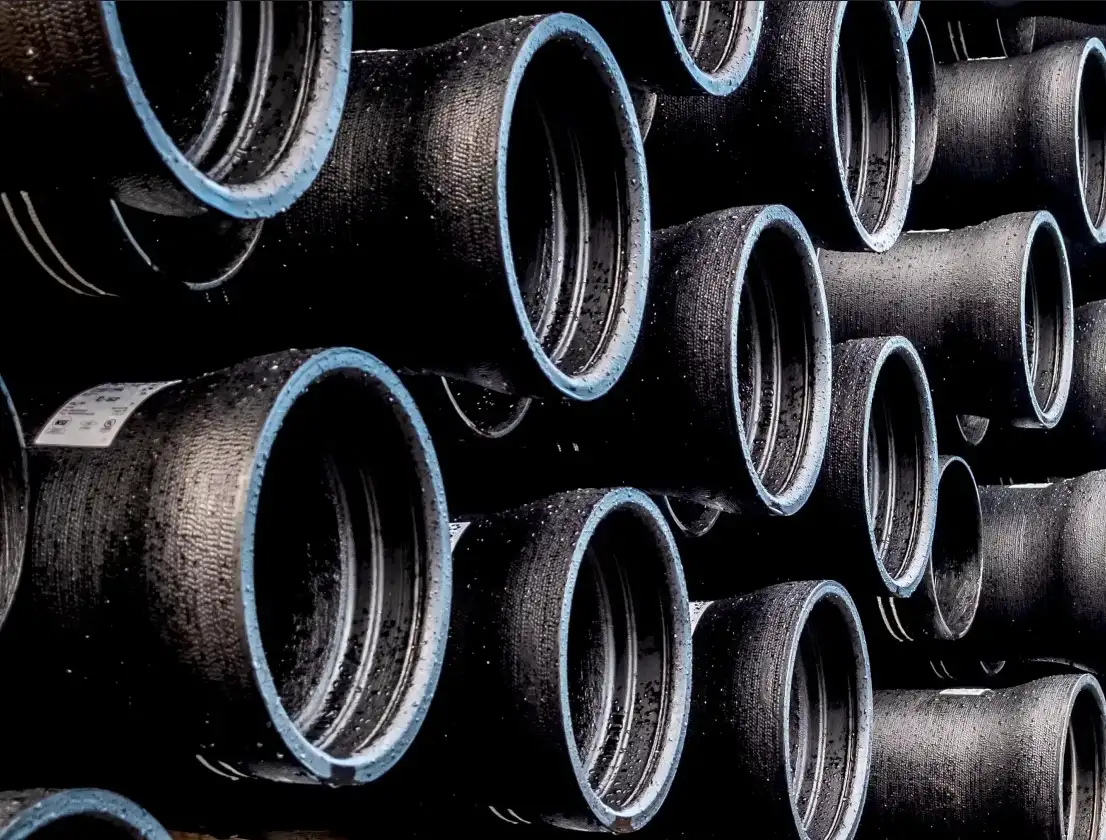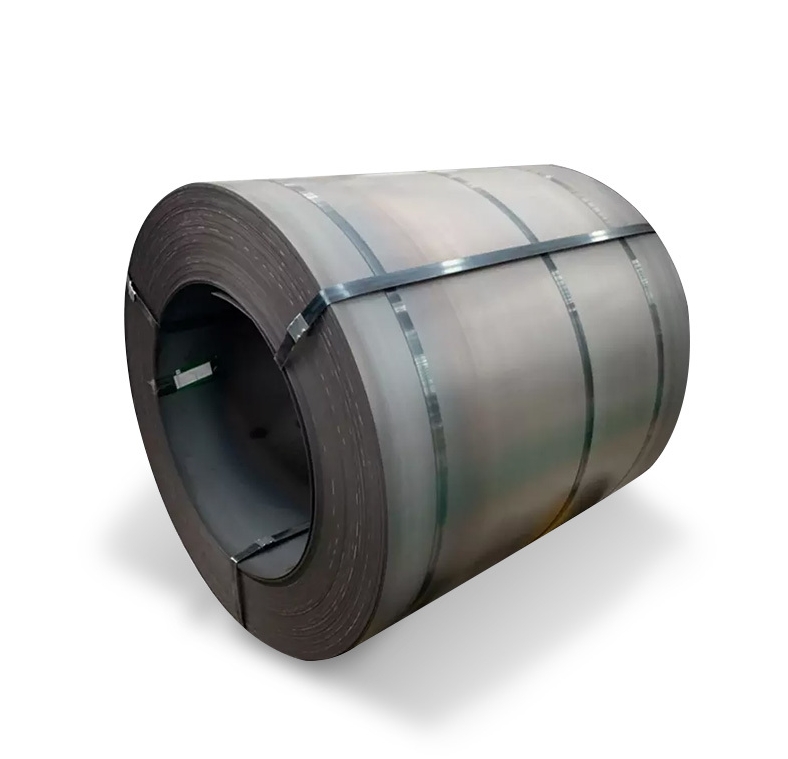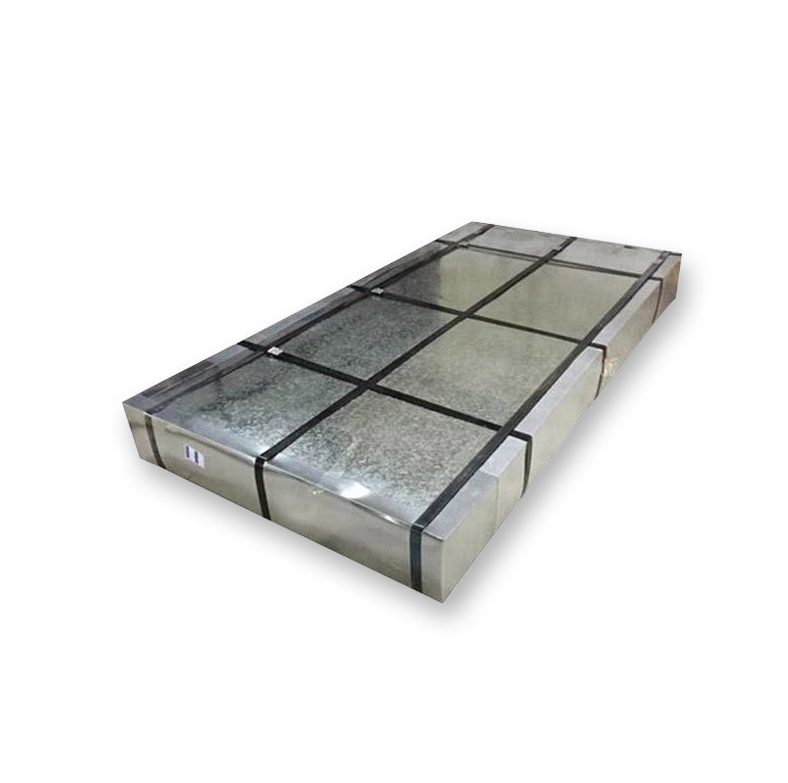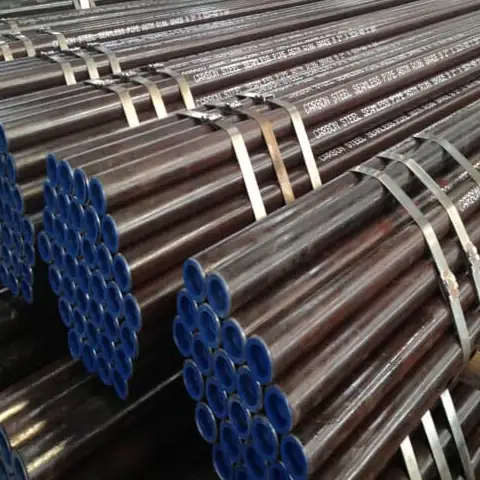For typical potable-water cement-mortar lined ductile-iron (DI) pipe in 2025 we estimate factory (ex-works) prices roughly as follows: China: ~US$450–700 per ton, India: ~US$500–800 per ton, United States: commonly higher and sold via regional distributors (price lists vary widely; bond-sold contracts and local fabrication add cost), Western Europe: similar or above U.S. levels. Final landed and installed cost depends heavily on diameter, pressure class, lining thickness (standard vs double), surface treatment, freight, and local tariffs. We make these estimates from supplier listings, price-lists, and industry standards published in early 2025 and then reconcile them to create a practical purchasing picture for project managers and procurement teams.
Cement-mortar lining is a sacrificial, hydraulically bonded inner layer applied to ductile-iron pipes to protect the iron substrate against corrosion, reduce roughness (improve hydraulic performance), and provide mechanical resistance to abrasion. Shop-applied linings follow recognized standards (AWWA, ISO, EN) and are the industry default for potable water mains in many regions. The lining is usually applied centrifugally and cured at the mill.
Standards and authoritative documents
Major standards that set composition, minimum thickness, curing and testing practices include:
-
AWWA C104 / ANSI A21.4 (U.S./ANSI) — common for North America.
-
ISO 4179 (cement mortar lining requirements) and ISO 2531 / EN 545 / EN 598 for pipe dimensions and pressure classes (widely applied internationally).
-
Industry guidance (DIPRA technical notes, manufacturer submittals) clarifies acceptable uses and limitations (e.g., temperature, double thickness, seal coats).
Typical lining types and options that affect price
Short list of common choices (each raises or lowers cost):
-
Standard thickness cement-mortar lining (per AWWA/ISO minimums) — baseline price.
-
Double thickness lining — additional material and process time; used when fluid is aggressive or when extra abrasion resistance is required.
-
Seal coats or epoxy primer over the cement — sometimes used to improve curing or surface finish; increases cost.
-
Centrifugal vs hand-applied — centrifugal is standard for pipe mills; specialty linings or repairs can be more expensive.
How cement lining influences lifetime cost
Though lining increases material price, it substantially lowers O&M and replacement risk for potable water lines in most soils and water chemistry conditions. We always evaluate lifecycle cost (material + transport + installation + maintenance) rather than sticker price alone.
Principal factors that determine price in 2025
Key drivers we track when pricing cement-lined DI pipe:
-
Raw material costs (pig iron/iron scrap, alloys, cement, sand, zinc for external galvanizing).
-
Energy (natural gas/electricity for melting and lining ovens).
-
Labor and plant productivity (centrifugal lining equipment vs older lines).
-
Specification level (standard vs double lining, epoxy overcoat, pressure class C25/C30/C40).
-
Diameter and wall thickness (larger diameters and higher classes = more material/weight).
-
Logistics (container vs bulk shipment, inland transport).
-
Local taxes, tariffs and certifications (e.g., WRAS, NSF, potable-water approvals).
-
Market demand and order quantity (large project orders secure better unit pricing).
Because these keep changing, we recommend re-pricing on a rolling 30–60 day basis for tendering.

Global price comparison — typical ex-works / factory ranges
Notes: Prices below are indicative ranges and reflect ex-works / factory quotes for standard cement-mortar lined ductile-iron pipe (single standard lining) sold in moderate quantities (not fabricated/fixed spools, not installed). Ranges are diameter-and-class dependent; we express them per metric ton where supplier data is available and provide approximate per-meter figures for common diameters. Use as a procurement starting point — always request a formal quotation with diameter/class/finish. Sources shown in the next section.
| Region | Typical factory price (per metric ton) | Typical note (per-meter for DN200−DN400) |
|---|---|---|
| China (major mills) | US$450 − US$700 / t | ~US$120 − US$320 / m depending on diameter & class. |
| India (large domestic mills) | US$500 − US$800 / t | Slightly above China due to smaller export scale & logistics. |
| United States (domestic mills / fabricators) | commonly higher: distribution price lists vary widely; total cost frequently > US$900 / t delivered (regional) | U.S. price lists and fabrications add handling and machining fees; local fabrication premiums are common. |
| Western Europe | US$900 − US$1,400 / t | EN standards, SR cement, and local certification raise costs; strong local demand. |
| Middle East / Africa (imported) | US$600 − US$1,200 / t | Wide spread depending on freight, port costs, and duties. |
How to read the table: Chinese mills generally offer the lowest reported ex-factory tonnage because of scale and lower manufacturing costs; Western suppliers publish price lists and fabrication charges that push delivered prices higher. For major projects the landed price (including freight, customs, local transport and fabrication) is often the decisive figure.
Evidence and market signals we used
We based the price ranges and procurement conclusions on supplier listings and sector price lists published in 2024–2025 and on industry market reports. For example, product listings and supplier offers from China in early 2025 show cement-lined DI pipe offers at roughly US$449–465 / t for some export lots; U.S. manufacturers publish public cement-lined price lists and fabrication addenda that indicate regional premiums and variable contract pricing; industry market studies show continuing demand growth for ductile-iron pipe systems. These data points guided our ranges and commentary.
Typical unit conversions and per-meter examples
To help translate tonnage pricing into per-meter figures, remember:
-
Unit weight depends on diameter and pressure class (wall thickness). A DN200 (≈8″) in a common class might weigh roughly 30–60 kg/m; DN400 (≈16″) could be 90–220 kg/m depending on class. Multiply kg/m × price/t to get a per-meter estimate. (Example: 120 kg/m × US$500/t ≈ US$60/m material cost.) Always verify weights from the supplier’s weight tables.
Manufacturing & quality controls that influence price
Quality and process steps that increase price but materially reduce risk:
-
Centrifugal application and controlled curing to meet ISO 4179 / AWWA C104.
-
Double lining or sulphate-resistant cement for aggressive waters (EN545 SR cement mortar).
-
External coatings and zinc/epoxy (external corrosion protection) and polyethylene sleeving on request.
-
Third-party testing and mill certificates (chemical, tensile, lining adhesion/porosity tests) — these increase paperwork cost but are essential for major utilities.
Freight, duties, and installation
Often the single largest variation between two quotes is logistics. We always budget for:
-
Ocean freight (container vs bulk break-bulk) — containerization is more predictable but adds cost.
-
Port handling and inland trucking — destination port charges vary.
-
Customs duties / import VAT — a sizable multiplier in some markets.
-
Local fabrication (cut-to-length, welding flanges, spools, testing) — shop fabrication can be cost-effective when local labor is cheaper; otherwise central factory fabrication may be better.
When you evaluate a supplier, request both ex-works and CIF/CIP quotes with explicit breakdowns.
Procurement tips
-
Specify standards precisely (AWWA C104, ISO 4179, EN 545 where appropriate) — avoid vague “cement-lined” wording.
-
Request sample certificates (chemical, mechanical, lining thickness/adherence test).
-
Ask for weight tables and per-piece weights to convert ton prices to meters.
-
Require curing and porosity test reports for cement mortar lining (mill report).
-
Negotiate volume discounts and staged deliveries — large projects secure better unit rates.
-
Factor in lifecycle costs (installation, cathodic protection if local soils require, and expected maintenance).
-
Consider local/regional fabricators if installation includes many welded spools or non-standard fittings.
Common specification mistakes that increase cost or risk
-
Not specifying lining thickness (standard vs double) — leads to ambiguous quotes.
-
Omitting required potable water certifications (NSF/WRAS) — can invalidate bids.
-
Failing to include weight or class tables — makes price comparisons inaccurate.
-
Assuming price-per-meter is constant across diameters — it isn’t.
why mills publish different price formats
Domestic mills (U.S./Europe) often publish price lists that include stock spools, fabrication charges, and regional service; many China suppliers publish price per ton in listing pages — both are valid but need conversion for apples-to-apples comparison. See US Pipe and Chinese supplier listings for examples.
Environmental and regulatory trends affecting price
-
Cement and energy costs feed through to lining cost — cement decarbonization efforts and commodity price swings affect lining margins.
-
Tighter potable water approvals (regional regulators) add testing and documentation costs.
-
Local content rules or tariffs (some governments favor domestic producers) can alter supplier selection.
Example procurement scenario
Project: 1,000 m of DN300 (weigh ~120 kg/m) standard cement-lined DI pipe.
-
Weight = 1,000 m × 120 kg/m = 120,000 kg = 120 t
-
If ex-works price = US$500 / t → material cost = US$60,000 (ex-works)
-
Add freight, duties, local transport, installation: final installed cost could be 2–3× the ex-works material cost depending on location and installation complexity.
This illustrates why per-ton quotes must be converted to per-meter and then to installed cost.
Five practical negotiation levers we use
-
Longer lead times (allowing mills to batch production) → better unit price.
-
Commitment volumes (3–12 months of supply) → scale discounts.
-
Shared inspection (arrange third-party inspection during production) → avoid rework charges.
-
Standardization of fittings and lengths → reduce fabrication premiums.
-
Flexible delivery windows (off-peak shipping) → lower freight.
Global price comparison refresher table
| Region | Price band (US$/t) | How to interpret |
|---|---|---|
| China | 450–700 | Ex-works, single lining; depends on DN and class. |
| India | 500–800 | Domestic mills; export quotes vary. |
| USA | 900+ (delivered/distributor prices) | Domestic price lists and fabrication add significant margin. |
| Western Europe | 900–1,400 | EN standards, SR cement where required. |
| Middle East / Africa | 600–1,200 | Freight & duties drive ranges. |
FAQs
Q1 — What standards should I demand in my tender for cement-lined DI pipe?
A1 — Specify the pipe standard (ISO 2531 / EN 545 or ANSI/ AWWA C151 for the pipe), and explicitly require cement mortar lining to comply with AWWA C104 / ANSI A21.4 or ISO 4179 (cite the edition you accept). Also require mill test certificates for lining thickness and adhesion.
Q2 — Is cement-lined DI pipe suitable for reclaimed water or sewage?
A2 — Cement-mortar lining is widely used for potable water and many reclaimed water systems. For aggressive sewage or high-chemical environments, specify thicker lining, special cement (sulphate resistant), or alternative linings (epoxy, polymer) based on water chemistry testing. See DIPRA technical notes for application boundaries.
Q3 — What’s the difference between “standard” and “double” lining, and when is double needed?
A3 — Standard lining meets the minimum thickness in standards; double lining doubles the nominal thickness to increase abrasion and chemical protection. Use double lining for highly abrasive slurries, recycled water with higher solids, or where additional margin is required by the owner.
Q4 — How should I compare a US supplier’s quote to a Chinese ex-works quote?
A4 — Convert both to the same basis: if China quotes US$/t ex-works, multiply by the estimated weight per meter to get US$/m. For U.S. quotes, get delivered or ex-works plus local fabrication charges. Add identical freight, insurance, customs, and installation estimates to both offers before comparing.
Q5 — Are there quick tests to verify a delivered lining?
A5 — Yes: dimensional measurement of lining thickness at cut ends, visual inspection for voids, and adhesion or porosity tests performed in lab per AWWA/ISO procedures. For large projects, require third-party sampling and testing certificates.








